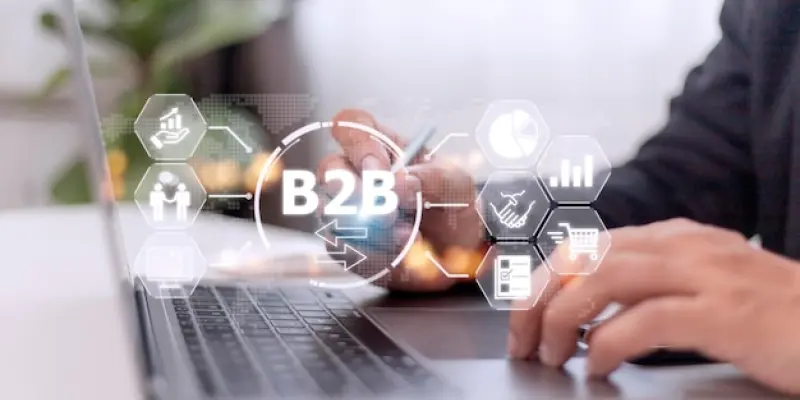Increasingly dynamic and personalized approaches are reshaping the landscape of B2B marketing. Among these transformative trends is active personalization, an innovative concept that emphasizes guiding customers through their purchasing journey while enhancing their overall experience. A recent survey conducted by Gartner, Inc. reveals surprising challenges associated with traditional personalization methods, creating opportunities for more adaptive strategies. The survey, which involved 1,464 B2B buyers across North America, the U.K., Australia, and New Zealand, found that 53% of respondents felt personalization had negatively impacted their buying decisions, resulting in buyer remorse and a 44% reduction in brand loyalty. Such statistics underscore the urgent need for businesses to evolve their personalization techniques in response to shifting consumer expectations and market dynamics.
Understanding Active Personalization
Current Landscape and Adoption Trends
The transition from conventional personalization tactics to active personalization is pivotal in B2B marketing today. Traditional methods often inundate consumers with suggestions that may not align with their immediate needs or emotional state, inadvertently causing decision fatigue and decreased satisfaction. Active personalization, in contrast, strategically targets key moments in the purchasing process, facilitating decision support and ensuring that marketing efforts resonate on a deeper level. According to industry reports, adoption rates for active personalization are steadily increasing as businesses recognize its potential to foster customer trust and loyalty. Data reveals a promising upward trajectory in adoption, driven by the growing demand for more meaningful and engaging interactions.
Real-World Applications and Case Studies
A closer examination of real-world applications of active personalization reveals its efficacy in addressing the shortcomings of traditional methods. Several companies have successfully integrated active personalization into their B2B marketing strategies, co-creating tailored experiences that resonate with consumers. These organizations leverage shared zero-party data to understand and engage customers during critical purchasing phases. Notable examples include companies that have transformed customer interactions by anticipating and addressing needs at pivotal buying moments. These case studies illustrate the tangible benefits of active personalization, offering insights into its strategic implementation and the potential for enhanced customer satisfaction.
Expert Insights on Active Personalization
Leading industry professionals and thought leaders provide valuable perspectives on the challenges and benefits of active personalization. Experts agree that while this strategy offers significant advantages, it does require significant changes in business processes. The benefits include improved engagement, trust, and satisfaction, but overcoming the challenges demands thoughtful integration and adaptation. According to expert commentary, leveraging active personalization requires businesses to adopt new technologies, re-evaluate data strategies, and embrace customer-centric models. This shift is crucial for maintaining competitive advantage and aligning with evolving market demands, as active personalization continues to reshape the B2B marketing landscape.
Future Outlook for Active Personalization
Looking ahead, active personalization techniques are set to evolve further, promising to refine and optimize customer experiences. Advancements in AI and machine learning are likely to drive more sophisticated personalization strategies, ultimately increasing strategic effectiveness across industries. Future developments may bring added clarity and precision to personalization efforts, enabling businesses to anticipate customer needs more accurately. While the expected benefits are substantial, challenges such as data privacy concerns and integration complexities must be addressed. As industries adapt and integrate these emerging trends, active personalization stands to become an integral component of successful B2B marketing strategies.
Conclusion and Call to Action
In conclusion, active personalization presents a compelling opportunity for businesses to enhance customer satisfaction and loyalty in an increasingly complex market environment. By targeting pivotal moments and harnessing the power of shared data, companies can guide customers through their purchasing challenges more effectively. It is clear that businesses must embrace active personalization to stay ahead of evolving consumer expectations and capitalize on its transformative potential. Encouraged by recent findings, organizations are urged to consider implementing these strategies, potentially revolutionizing their approach to B2B marketing. Businesses that adapt and innovate in response to these trends will be well-positioned for sustained success in the competitive landscape.

